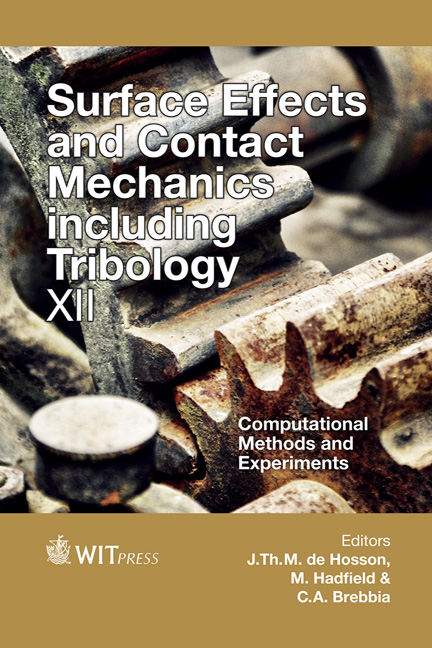Influence Of Cutting-edge Modifications On The Cutting Process When Machining Inconel 718
Price
Free (open access)
Transaction
Volume
91
Pages
9
Page Range
71 - 79
Published
2015
Size
1,355 kb
Paper DOI
10.2495/SECM150071
Copyright
WIT Press
Author(s)
M. Zetek, I. Zetková
Abstract
The machining of Inconel 718 or Ni-based alloys is very important within industry. Inconel 718 is a material that is hard to machine, but it has excellent properties, such as high temperature tensile and shear strength, hardness and low thermal conductivity. These properties influence the cutting process and machining productivity. So, it is necessary to choose the correct cutting tool with the optimal kinematic geometry. In our case, carbide end mills were used with different edge microgeometries and edge qualities. Drag finishing (DF) with different modification processes was used for edge modifications and DF technology was used at different times of the tool production. This is influenced by the cutting edge radius, K factor, chipping and roughness. In this paper, all of these parameters are monitored during the process and will be correlated with the machined surface properties such as roughness, surface topography and micro hardness. During the machining, the cutting tool wear and cutting forces are monitored in order to give a full description of the cutting process.
Keywords
Inconel 718, edge quality, cutting force, tool wear





